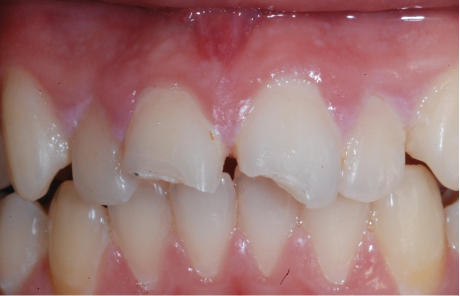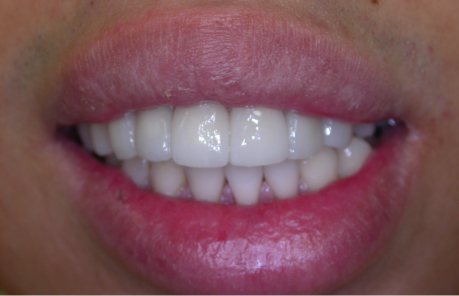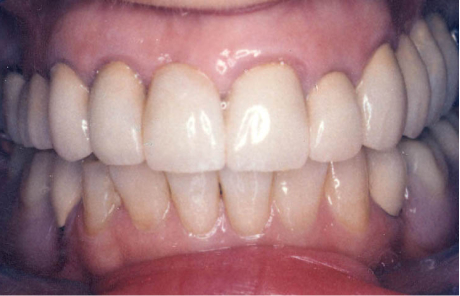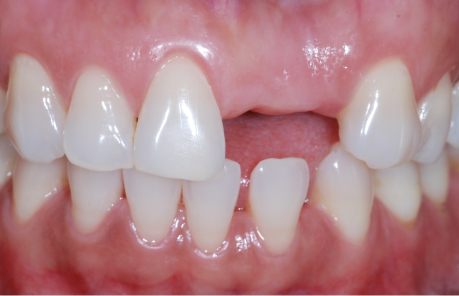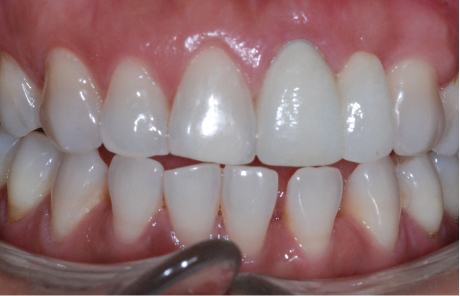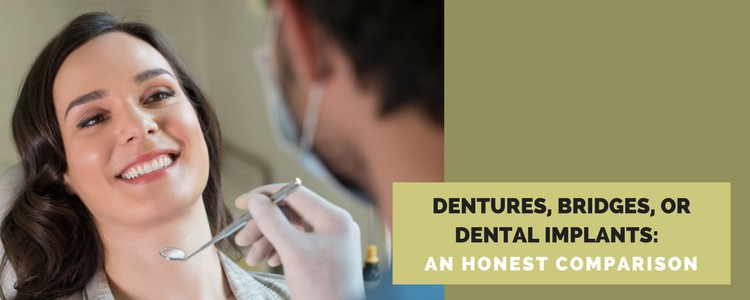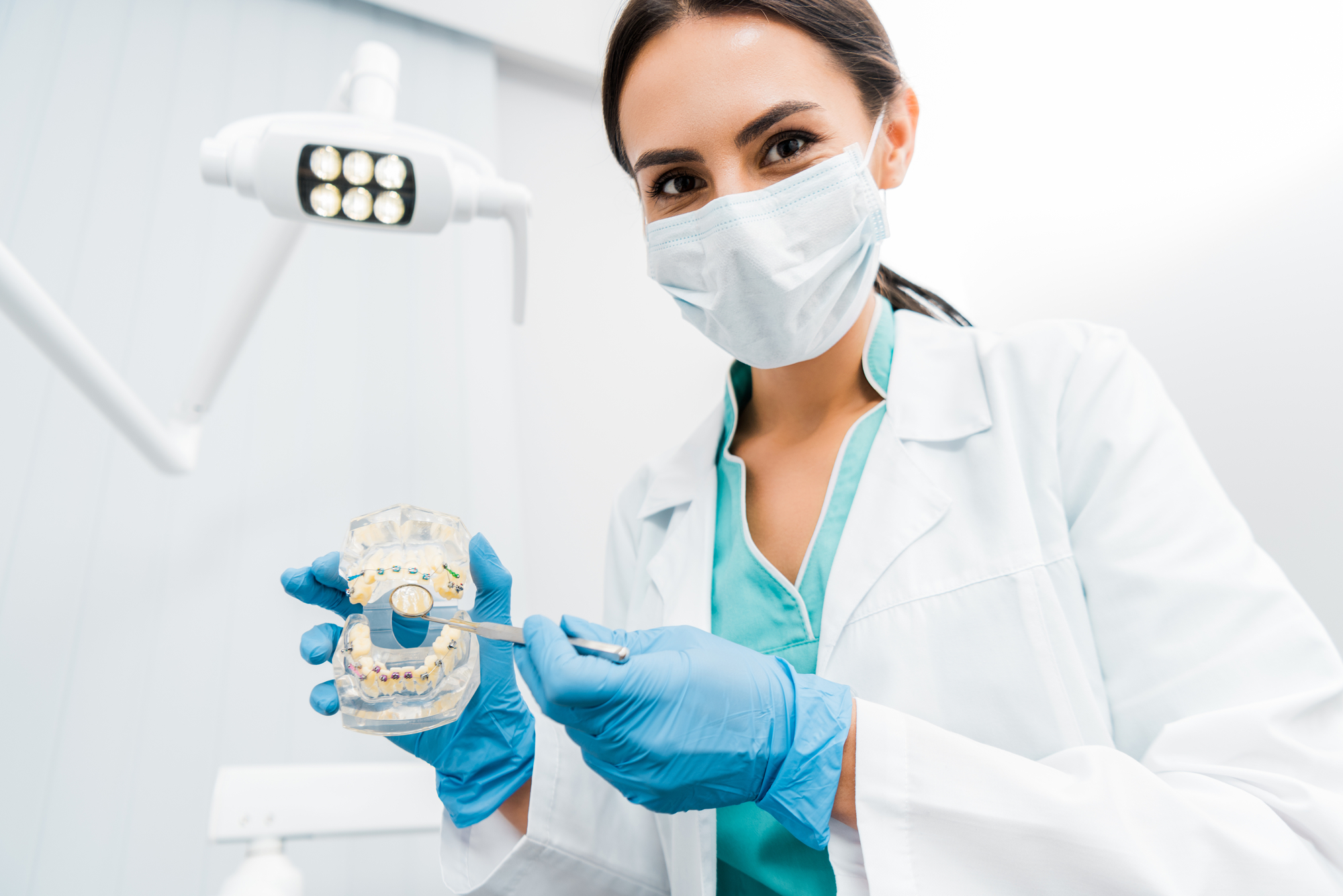Oil pulling is a form of traditional medicine that is used to remove harmful bacteria from the mouth, gums and teeth. Oil pulling has been around for centuries and it is currently used in modern times as a type of holistic dental treatment to treat and prevent periodontal disease and cavities. It can be used on its own or in conjunction with other dental treatments. Let’s explore the basics of oil pulling to help you decide whether or not this practice is right for you.
How it Works
For those who are just discovering this treatment for the first time, oil pulling is exactly what it sounds like. It is the process of swishing or ‘pulling’ oil between your teeth and gums. The reasoning behind oil pulling is sound. Essentially, the oil acts as an adhesive that bacteria can stick to. It can remove harmful bacteria from the gums and teeth.
The patient swishes natural oils such as olive oil or coconut oil, between their teeth for 2-3 minutes, several times a day. Oil pulling is most frequently used in order to treat and prevent periodontal disease but it can also be used as a type of general maintenance like brushing and flossing. Oil pulling is a non-abrasive treatment which can be beneficial for those with sensitive or swollen gums as well as those recovering after a deep cleaning or gum grafting.
It can keep harmful bacteria from affecting a patient who is recovering from periodontal disease and prevent a relapse. Patients are attracted to this method of tooth cleaning due to the use of natural, non-chemical ingredients. However, always consult your dentist before attempting oil pulling at home. Your dentist can suggest alternate treatments if the practice is not right for your situation.
Origins of Oil Pulling
Oil pulling is a practice that dates back to India, 3000-5000 years ago. It is thousands of years old and is a form of natural, holistic medicine. According to an article published in the National Centre for Biotechnology Information called Oil Pulling for Maintaining Oral Hygiene: “Oil pulling is an ancient ayurvedic therapy for maintaining oral hygiene and it is believed to cure more than thirty systemic diseases when practiced regularly and as directed.” (Shanbhag VK.) This is a folk remedy that can be done with simple kitchen ingredients. It promotes oral health which is why it is still very popular in modern times.
Benefits of Oil Pulling
One of the key benefits to oil pulling is that it aims to remove harmful bacteria from in and around a patient’s gums and teeth. Oil pulling is safe and easy to do at home, it does not require a visit to the dentist for treatment. The process can be done in a matter of minutes and it only involves natural ingredients which is beneficial for those with allergies and sensitivities to certain medications such as antibiotics. The treatment specifically benefits patients with mild to moderate periodontal disease.
Oil Pulling Setbacks
At VCCID, our patients have certainly noticed a difference after using the oil pulling technique. However, this treatment is not for everyone. Despite being in use for thousands of years, oil pulling has not been tested clinically on a large enough scale to determine its direct health benefits. The results are subjective. This does not mean you should not try oil pulling. It’s best to consult your dentist and test it to see whether or not it benefits you specifically.
Oil pulling also has limitations for patients with more progressed forms of periodontal disease. The patients that have deep pockets of plaque within the gum line will require medical intervention in order to recover. The oil simply cannot reach that far below the gumline.
Oil Pulling How-To
For those interested in trying this holistic method of cleaning the gums and teeth, there are some simple steps to follow in order to get the best results. Oil pulling is easy to do and can quickly fit into your daily routine with these simple steps:
- Select your choice of oil. Coconut oil works well for this, however, you can also use olive oil.
- Swish one tablespoon of oil rapidly in between your teeth, in a similar way to swishing mouthwash. Do not swallow.
- Continue this procedure for 5-10 minutes, circulating the oil quickly between all of your teeth. As for the teeth it is best to try to force the oil between the teeth as opposed to just swishing around the outside surfaces.
- By the end of the 5-10 minutes, the oil should appear lighter in colour due to the rapid swishing motion
- Spit the oil out and rinse your mouth with some water to ensure there is no excess oil left over.
- Repeat 2-3 times a day, in conjunction with brushing and flossing.
Visit VCCID to Learn More
If you have questions about whether or not oil pulling is right for you, it’s a good idea to visit your dentist for guidance. Contact us and book a consultation if you notice signs of gum irritation. Do not try to treat symptoms of periodontal disease on your own. It is always best to have a professional opinion. Oil pulling has helped many of our patients and it can be useful when used on its own or in conjunction with other treatments. Call VCCID at (604) 434-0248 for holistic dental care in Burnaby, Metrotown.



